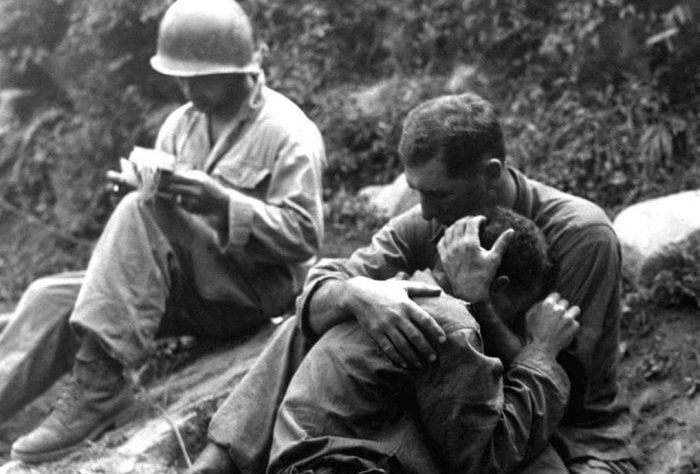

There is no such thing as closure for soldiers who have survived a war. They have an obligation, a sacred duty, to remember those who fell in battle beside them all their days and to bear witness to the insanity that is war.”
― Lt. Gen. Harold G. Moore, We Are Soldiers Still: A Journey Back to the Battlefields of Vietnam
Overview
Post-Traumatic Stress Disorder (PTSD) has a long and complicated history. During the Civil War it was call DaCostas Syndrome, named for the doctor who published about the troubling symptoms he was seeing in soldiers from both sides of battle. They suffered shortness of breath, rapid pulse, and fatigue during times of stress, and especially when recalling certain aspects of battle. Shell shock, Battle Fatigue, and Post Vietnam Syndrome were all names given to symptoms of PTSD before it was officially added to the DSM (Diagnostic and Statistical Manual of Mental Disorders) as an anxiety disorder in 1980. It has since been changed to a trauma and stressor related disorder.
Military service and PTSD are often linked because of the danger men and women in the armed forces face. Their ability to show grace and present calm after traumatic experiences in life threatening situations can often be misinterpreted by those around them as being “fine”. The reality of war zones often forces them to march forward without the opportunity to process the trauma as other civilians might be able to. A flash of light, a noise, or unexpected movement can trigger a jarring memory for service members thus causing them to experience PTSD. Symptoms can be distressing to daily life and create daily traumatic experiences. In the past, the image of the brave soldier made acknowledging, discussing and getting help for PTSD nearly impossible for many veterans. Alcohol abuse, addiction, depression, muscoskeleton pain and other illnesses are frequently linked with PTSD and can cause problems in family and work life creating distress for veterans and the people who care most about them.
A major difference during the Vietnam War and previous wars was the homecoming experience. While their fathers had come home from World War II to ticker-tape parades and national adulation, Vietnam veterans were often told to hide their military service or encouraged to not share it with others. Many were maligned and mistreated. This compounded the trauma that they experienced in Southeast Asia. Vietnam veterans worked to change the narrative around PTSD. Men like Max Cleland, Lewis Puller Jr., and Hal Moore openly spoke about their struggles adjusting to civilian life.
In particular because the effects of service do not end when a soldier returns home, it is important to recognize veterans’ service to the nation and provide help to those suffering from PTSD.
For resources on how to get help with PTSD click here.
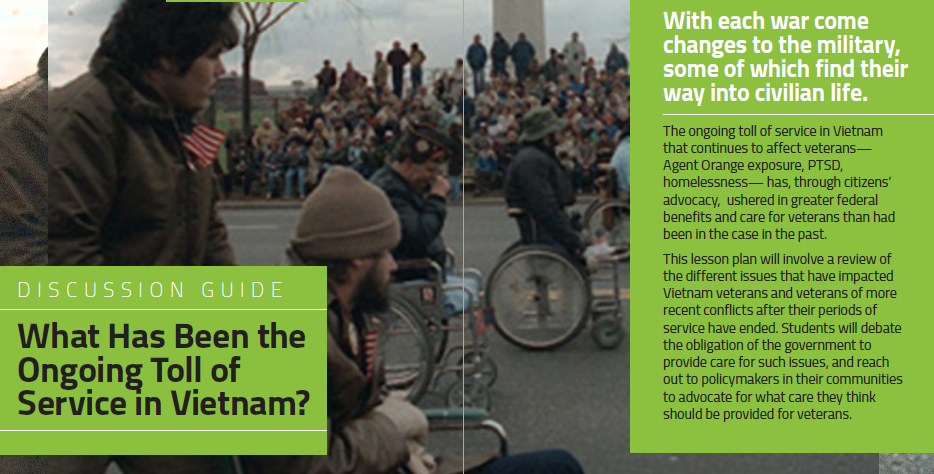

The Vietnam War is one of the most divisive moments in U.S. history and because of this, many educators experience difficulty teaching it in their classrooms. Additionally, we need to acknowledge what happened to the men and women who served after they came home and the challenges many of them faced, including PTSD. The Vietnam Veterans Memorial Fund provides teachers with robust education materials to help students learn about the lasting impact of the Vietnam War, while reinforcing history, civic engagement, writing, and other interdisciplinary skills.
The lesson plan Ongoing Toll on Veterans covers the struggles of Vietnam veterans faced after they returned home.
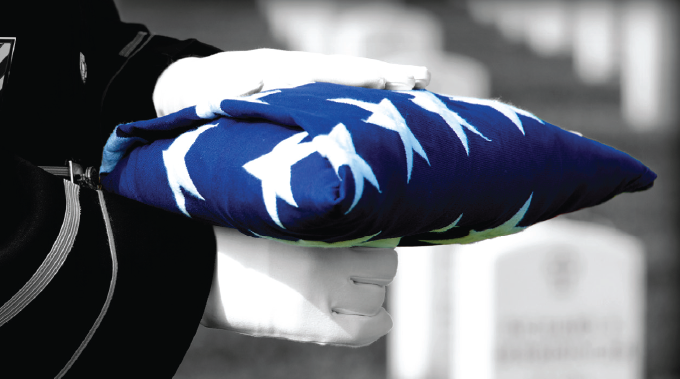

Since the Vietnam War ended, thousands of Vietnam veterans have suffered due to Agent Orange exposure, PTSD/suicide, cancer and other causes related to their service. The Vietnam Veterans Memorial Fund’s (VVMF) In Memory program honors those who returned home from Vietnam and later died.
The plaque on the grounds of the Vietnam Veterans Memorial site in Washington, D.C. that honors these veterans was dedicated in 2004 and reads: In Memory of the men and women who served in the Vietnam War and later died as a result of their service. We honor and remember their sacrifice.
In Memory was created in 1993 by the group – Friends of the Vietnam Veterans Memorial. VVMF began managing the program and hosting the ceremony in 1999. More than 6,000 veterans have been added to the In Memory Honor Roll since the program began. To see all the honorees, please visit the In Memory Honor Roll.
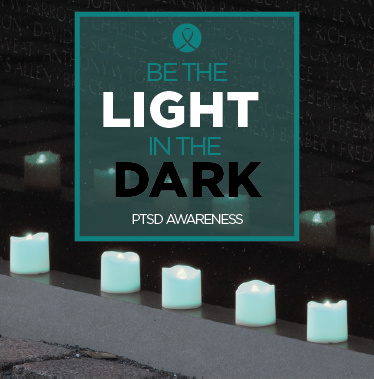

Some left Vietnam but Vietnam didn’t leave them. Nearly 3 million service members served in Vietnam and most returned home. But since then, thousands of Vietnam veterans have battled PTSD – Post Traumatic Stress Disorder – and it has impacted their lives and the lives of their families in many ways. Returning without a proper homecoming compounded the issues veterans faced upon their return.
Join us each year as we promote PTSD Awareness on June 27 – National PTSD Awareness Day – by bringing light to the continuing toll of the war. The Vietnam War may be over, but the battle continues for many Vietnam veterans and their families to this day.
Get Involved
Sponsor a PTSD Awareness Candle
Show your support for PTSD Awareness by ordering our t-shirt
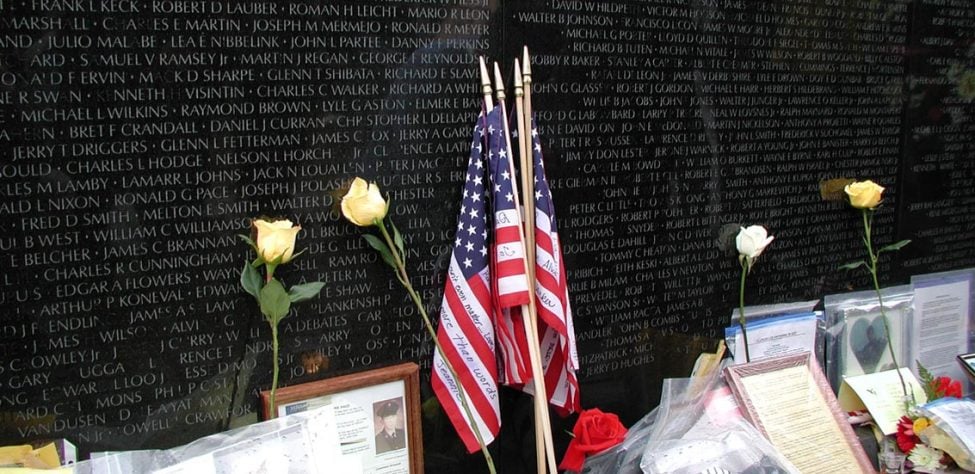

Since The Wall was dedicated in 1982, more than 400,000 items have been left by visitors as remembrances and tributes. The National Park Service (NPS) collects, catalogs, and preserves these objects as part of the Vietnam Veterans Memorial collection, with curatorial support from VVMF. The virtual collection includes the curatorial records of a small portion of the items that have been left at The Wall over the years. Some of the items refer to the ongoing struggles of Vietnam veterans who have suffered from PTSD.








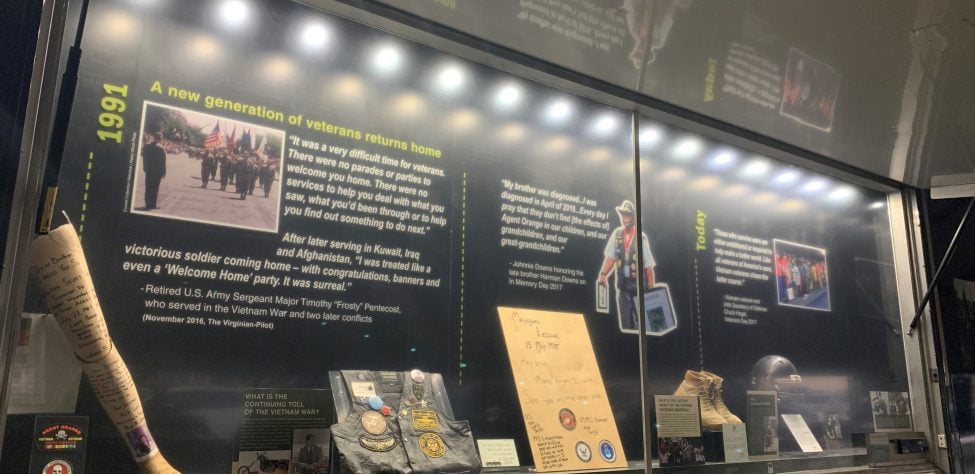

The 53-foot trailer that carries The Wall That Heals transforms to become a mobile Education Center. The exterior of the trailer features a timeline of “The War and The Wall” and provides information about the Vietnam Veterans Memorial in Washington, D.C. Additional exhibits give visitors a better understanding of the legacy of the Vietnam Veterans Memorial and displays items representative of those left at The Wall in Washington, D.C. including those dedicated to veterans suffering from PTSD.




Lewis B. Puller Jr. was wounded in Vietnam in 1968 by a land mine explosion. Despite his incredible injuries, Lewis returned home to become a successful lawyer and the Pulitzer Prize winning author of the autobiographical, Fortunate Son. On May 11, 1994, Lewis took his own life. He had long struggled with PTSD. Puller was honored through the In Memory program in 1994.




EP7 – Rocket Man – Part 1
Three years ago, LCpl Bill Klobas showed up unannounced at the home of his daughter, Casey Byington, and proceeded to have what she calls “a meltdown” at her kitchen table. She had never seen him like this, and neither one would ever be the same after. In honor of National PTSD Awareness Month, this episode is the first in a two-part series following Rocket Man’s journey from Paradise to Charlie Ridge, and from the morass of despair to the fingerhold of hope.
EPISODE SHOW NOTES
- VVMF Topic Page on PTSD – https://www.vvmf.org/topics/PTSD/
- Bill Klobas receives Purple Heart – https://www.idahostatejournal.com/news/local/idaho-veteran-to-receive-purple-heart-52-years-after-being-injured-in-vietnam-war/article_7eaa596a-ecbd-5a67-9ace-6ad58ce90cf7.html
- Bill Klobas receives Purple Heart – https://www.idahostatejournal.com/news/local/local-man-believed-dead-by-comrades-finally-receives-purple-heart/article_a9f47c38-ca40-5166-9140-8d1491b98604.html
- KTVB coverage of Bill Klobas receiving Purple Heart – https://www.ktvb.com/article/news/local/208/idaho-vietnam-veteran-receive-purple-heart-after-years-denial/277-35296fe3-dc37-4d8e-bd6e-32f18377fbec
- The Wall That Heals – https://www.vvmf.org/The-Wall-That-Heals/
- YouTube Echoes of the Vietnam War Interview playlist – https://www.youtube.com/playlist?list=PLK63b6Cn53unMMj-yZYEch0RuYy1YN1zl
EP8 – “Rocket Man, Part 2”
LCpl Bill “Rocket Man” Klobas left Vietnam in 1969, but Vietnam never left him. Nearly 50 years later, his daughter Casey is fighting like hell to get him the care he needs and the benefits he deserves. In the conclusion of this two-part series, Casey also takes on the U.S. Marine Corps over the Purple Heart that her father earned but never received.
EPISODE SHOW NOTES
- VVMF Topic Page on PTSD – https://www.vvmf.org/topics/PTSD/
- Bill Klobas receives Purple Heart – https://www.idahostatejournal.com/news/local/idaho-veteran-to-receive-purple-heart-52-years-after-being-injured-in-vietnam-war/article_7eaa596a-ecbd-5a67-9ace-6ad58ce90cf7.html
- Bill Klobas receives Purple Heart – https://www.idahostatejournal.com/news/local/local-man-believed-dead-by-comrades-finally-receives-purple-heart/article_a9f47c38-ca40-5166-9140-8d1491b98604.html
- KTVB coverage of Bill Klobas receiving Purple Heart – https://www.ktvb.com/article/news/local/208/idaho-vietnam-veteran-receive-purple-heart-after-years-denial/277-35296fe3-dc37-4d8e-bd6e-32f18377fbec
- Disabled Veterans of America – https://www.dav.org/
- YouTube Echoes of the Vietnam War Interview playlist – https://www.youtube.com/playlist?list=PLK63b6Cn53unMMj-yZYEch0RuYy1YN1zl
If you or someone you know is struggling with PTSD/suicide, please call 911 or call the National Suicide Prevention Lifeline at 1-800-273-8255.
- “PTSD: National Center for PTSD” – U.S. Department of Veterans Affairs
- “Four Decades Later: Vietnam Veterans and PTSD” – Vietnam Veterans of America
- “Prevalence of Posttraumatic Stress Disorder in Vietnam-Era Women Veterans” – National Library of Medicine
- “Risk for suicidal behaviors” – National Library of Medicine
- BOOKLET: “Understanding PTSD and PTSD Treatment” – U.S. Department of Veterans Affairs
- VIDEO: “Debt of Honor” – PBS
- For Families & Friends: “How Can I Help?”, “How Do I Get Support?” – U.S. Department of Veterans Affairs
- Online Programs – U.S. Department of Veterans Affairs
- Mobile Apps – U.S. Department of Veterans Affairs

